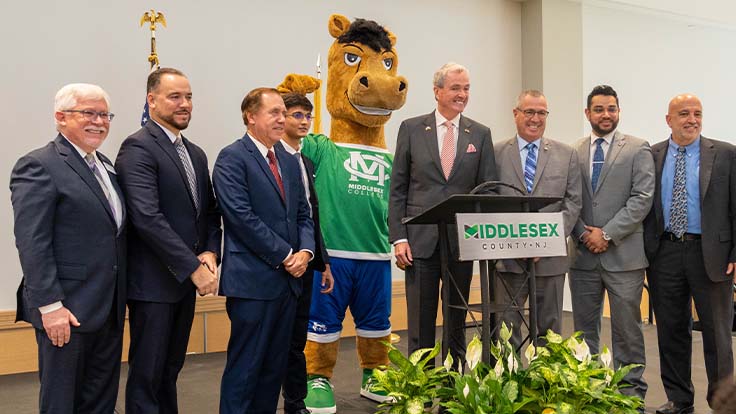Timeline
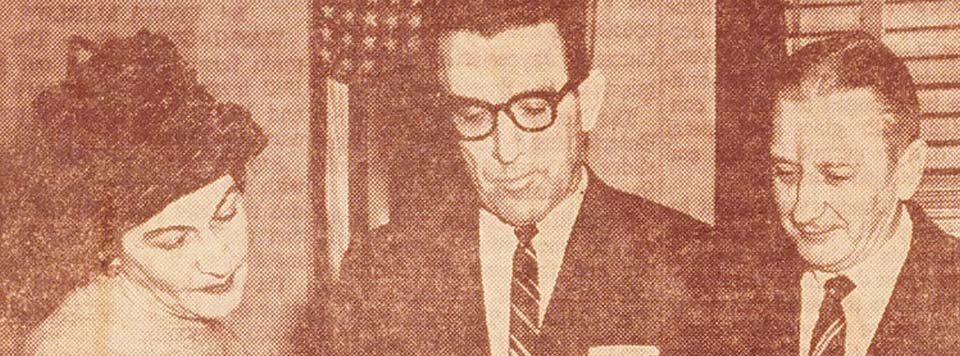
Community colleges in the U.S. have been around since the early 1900s, but they truly took off after World War II, when returning servicemembers flooded the higher education system, women were entering the workforce in greater numbers, and the baby boom was in full swing. Fast forward to 1958, and the New Jersey Education Commission recognized this momentum, commissioning a study to explore the need for community colleges in the state. The results were crystal clear: New Jersey was ready. In May 1962, Governor Richard Hughes signed the County College Bill, empowering each county to assess its own needs for these institutions.
Enter George Otlowski Sr., a dynamic figure in Middlesex County, who wore many hats over the years, including County Freeholder, New Jersey Assemblyman, and Mayor of Perth Amboy. In August 1962, he formed The Committee for the Establishment of a Junior College in Middlesex County. For the next year, Otlowski and his team were unstoppable, advocating passionately for what would eventually become Middlesex County College. By December 1962, the Middlesex County Freeholders had commissioned a study to determine the need for a community college, and by the end of 1963, under the leadership of County Schools Superintendent Robert Blunt, the findings were in: the college would be a win-win for both local residents and the economy.
Then came a pivotal moment in June 1964. The Federal Government agreed to transfer land from the now-closed Raritan Army Arsenal to the budding Middlesex County College. Freeholder Frank Deiner stepped up to the plate, traveling to Washington, D.C., with a bold request for 365 acres—far more than anyone had anticipated. To everyone’s surprise, he succeeded, securing half the land for the college and the other half for recreational use. This strategic acquisition was a major victory, laying the groundwork for what Middlesex County College would eventually become.
What follows is a timeline of the most significant events in our history.
1964
July 2
Middlesex County Freeholders pass a resolution creating Middlesex County College. This is the date of our birth.
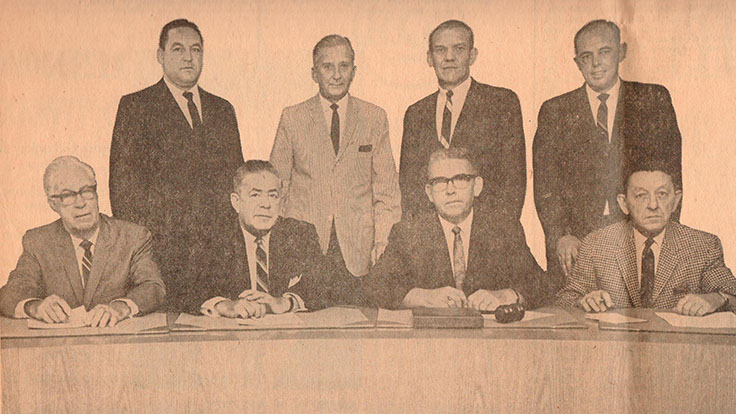
November 12
The Middlesex County College Board of Trustees is named. It is led by Paige D. L’Hommedieu, a retired senior executive of Johnson & Johnson.
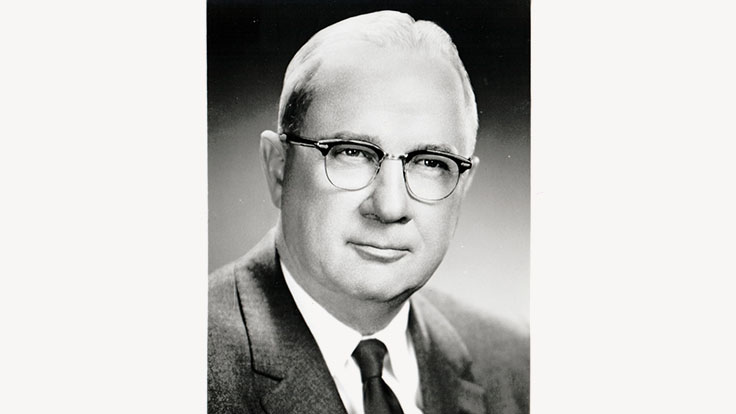
1965
July
Frank Chambers begins his term as the first president. Fifteen months of feverish work hiring, developing curricula, preparing buildings and recruiting students would follow.

December
The Middlesex College Foundation is created. Here, Sam Landis, the Foundation’s first executive director, presides over one of the annual Scholarship Balls. The organization would go on to award over $18 million in student scholarships over the years.

1966
September 28
First day of classes. Students mingle during one of the early days of the College. Note the beanies: a tradition that didn’t last long.
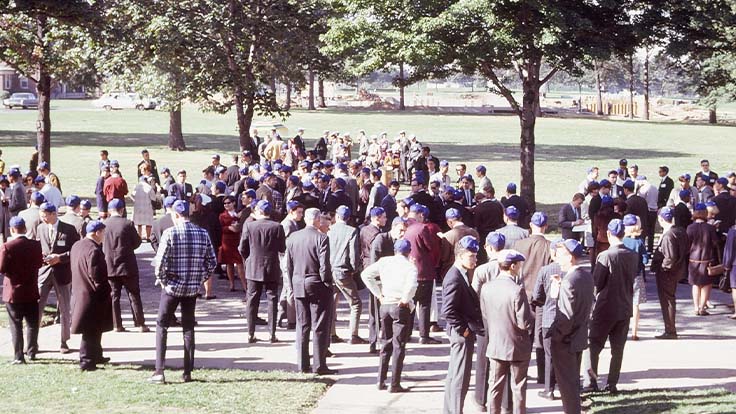
November 4
Quo Vadis, the student newspaper, publishes its first issue.

1967
1967–1968
The College’s sports program starts: Men’s soccer, cross country, basketball, wrestling, tennis, golf and baseball, and women’s field hockey, basketball and tennis.
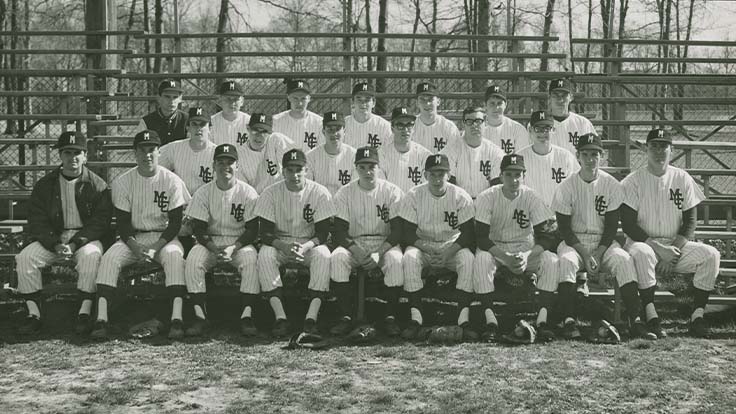
September 23
Three new buildings were dedicated: The Library, Physical Education Center, and the Academic Science Building, now called Main Hall.
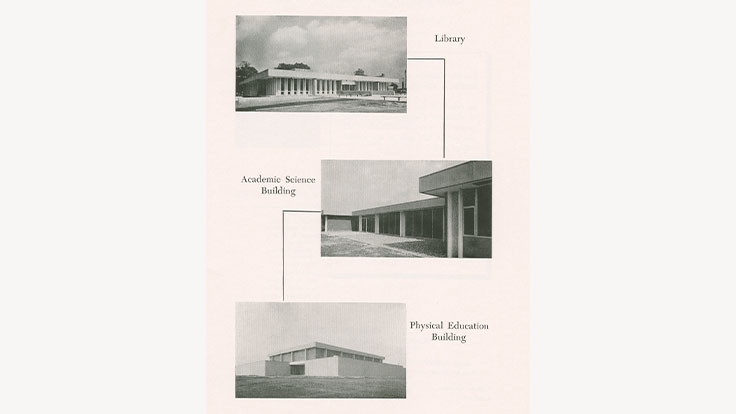
1968
The Educational Opportunity Fund Program opens at Middlesex, providing financial assistance to students from disadvantaged backgrounds.
June 12
The first Commencement is held, honoring 293 students, 175 of whom were transferring to four-year schools.

1969
April 26
The College’s chapter of Phi Theta Kappa holds its first installation ceremony.
November 22
The Grateful Dead perform in the Physical Education Center.
A last-minute booking led everyone to believe it wouldn’t be well attended; they expected maybe 300. Three thousand showed up. Lead singer Jerry Garcia is caught smoking marijuana in the locker room before the concert, and is asked to extinguish it. “No pot, no concert,” he says through a plume of smoke.
The concert went on.
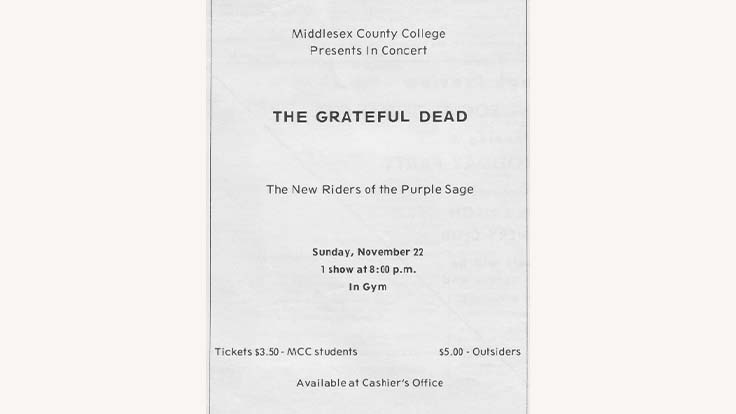
1979
The Perth Amboy Center opens.
1980
The New Brunswick Center opens.
1985
Edison Hall is completed and the Physical Education Center is expanded to include a swimming pool, racquetball courts and a dance studio.
Longtime Board Chairman Dorothy Power christens the pool during the ribbon cutting ceremony.

1987
September
Five college courses are offered to high school students; tuition is free. This was the genesis of the K-12 Partnership program, which in 2022 saw 5,433 high school students take Middlesex classes.
1999
May 12
The Academic Services Building is renamed Chambers Hall, in honor of the College’s first president.
Fall
The first online course, English 121, was offered.
2002
May 8
The College holds Founders’ Day to honor those who started the College.
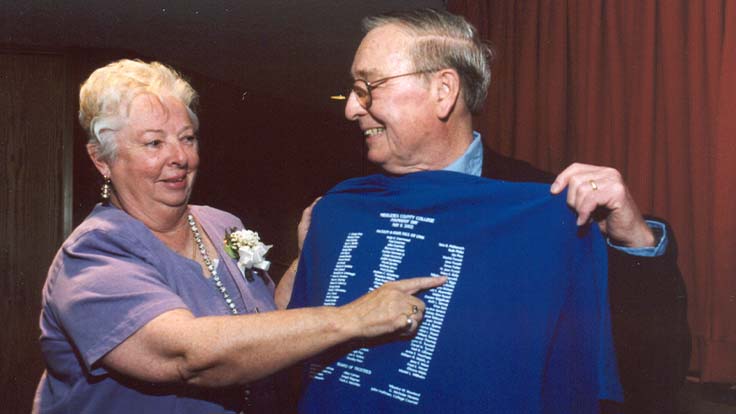
Fall
CELT, the faculty-led Center for the Enrichment of Learning and Teaching, is created. It develops professional enrichment activities for faculty.
2004
Fall
The NJ STARS program is created by the New Jersey State Legislature. Championed by Governor Jim McGreevy (who had taken courses at Middlesex years earlier), NJ STARS (Student Tuition Assistance Rewards) provided free tuition and fees to high school grads in the top 20 percent of their class who go to their community college.
The benefits and criteria would change over the years, but NJ STARS remains a popular program for high-achieving students.
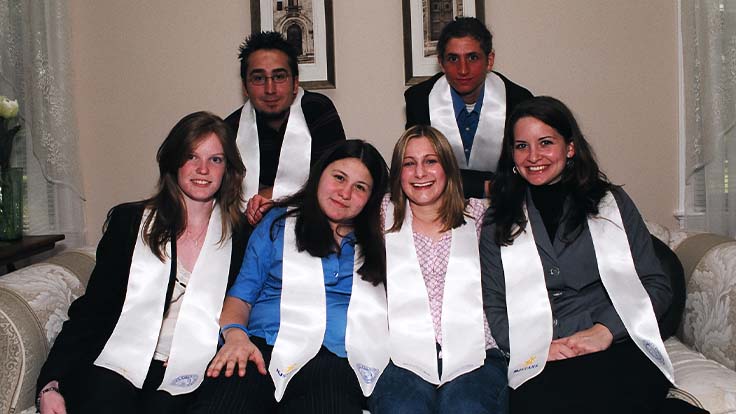
2007
Spring
Top row, from left: 2007: Namema Amendi earns a Jack Kent Cooke scholarship, the most prestigious transfer scholarship in the nation. He would be followed by Zizhou Zhao in 2010, Jonathan Finnerty and (bottom row) Fizza Sulaiman in 2015, Thomas Emens in 2022 and Sima Sedghi in 2024.
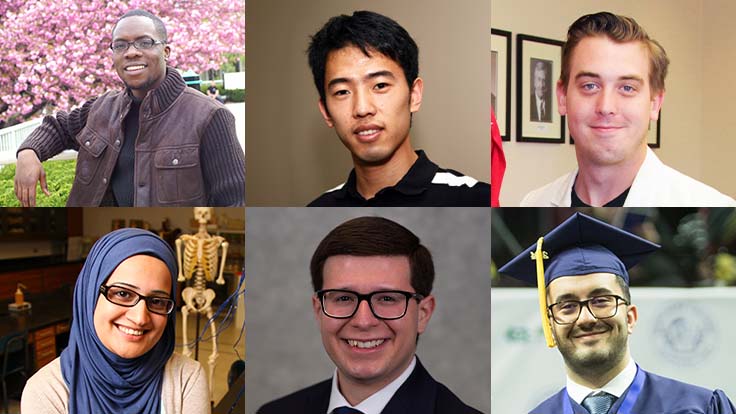
2011
January
Crabiel Hall opens. Named for the late Freeholder Director David B. Crabiel, the building receives a silver rating from the LEED Green Building Rating System because of its environmental attributes.

September 23
The Technical Services Center is renamed Billy Johnson Hall, after the late great-grandson of Robert Wood Johnson. Betty Wold Johnson, Billy’s mother (left), was at the ceremony.
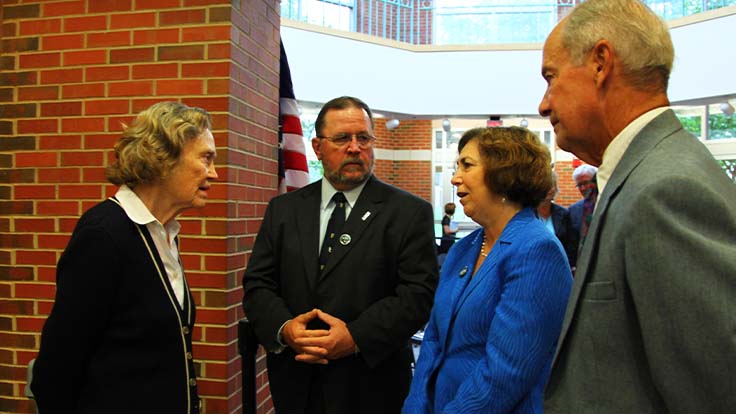
December
Veterans Services Center opens with funding from the Willard T.C. Johnson Foundation.
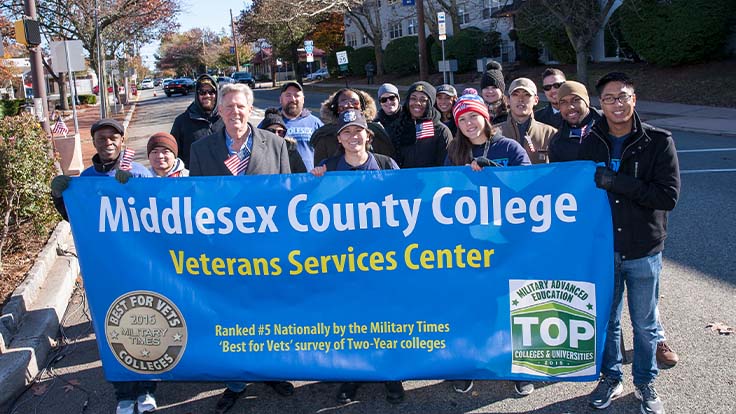
2012
October
Hurricane Sandy devastates parts of New Jersey. Displaced residents who required specialized medical care – but not hospitalization – were housed in the college’s Physical Education Center. Members of the United States Public Health Service Rapid Deployment Team coordinated the effort and supervised medical services using College volunteers.

2014
March 24
After a fire destroys James Monroe Elementary School in Edison. The school relocated for three months to two unused buildings on campus.
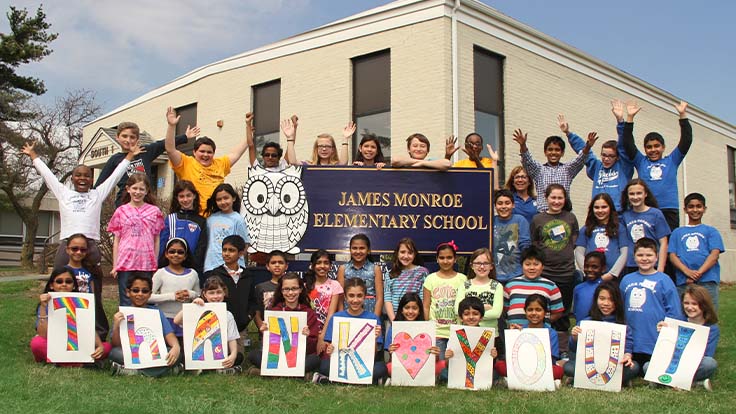
South Hall groundbreaking.
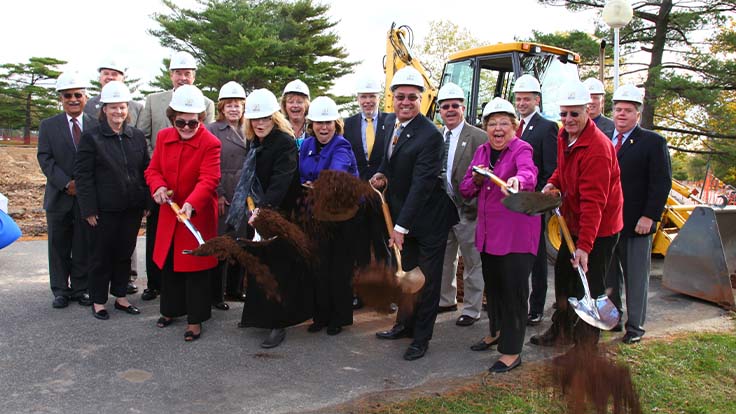
West Hall ribbon-cutting.
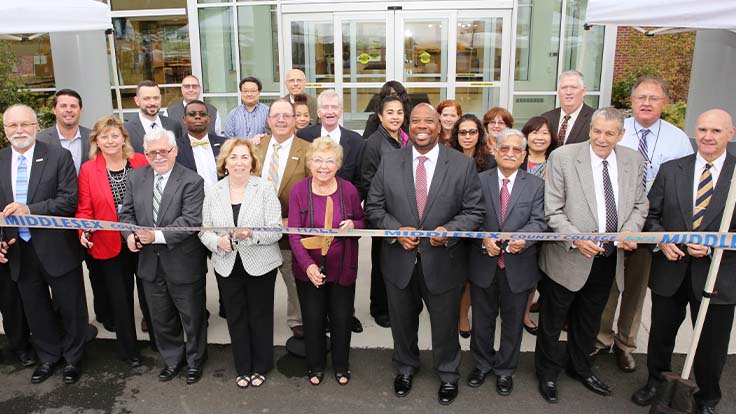
2016
October
West Hall opens and in January 2017 South Hall opens. Both buildings receive gold ratings from the Green Building Rating System.
2018
January
The food pantry opens, providing food, personal hygiene items, and cleaning products to students at no cost.
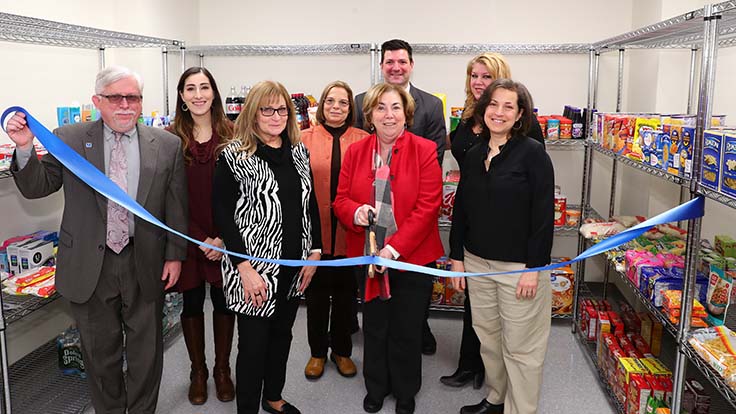
2019
May 23
Alexandria Wonski graduates and transfers to Princeton University, only the second Middlesex grad ever to be accepted, following the reversal of a nearly 30-year Princeton policy that denied admission to transfer students.
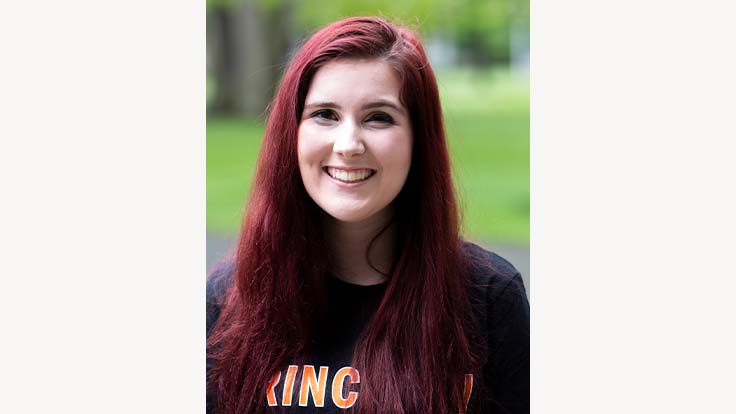
2020
March
The COVID-19 pandemic pushes virtually all classes online. The College loans laptops to those students who need them.
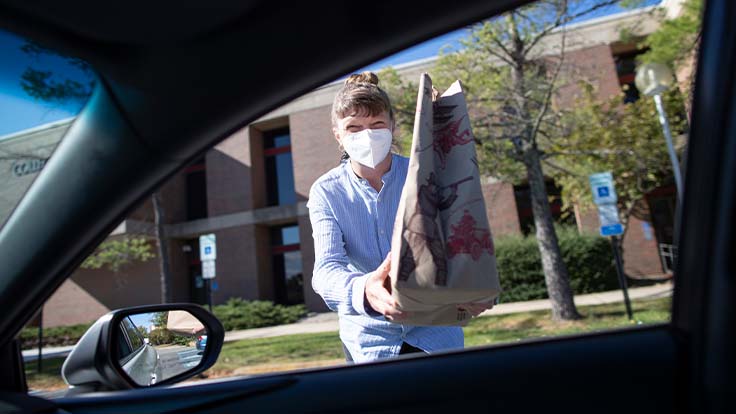
2021
January 1
Middlesex County College changes its name to Middlesex College. A new logo and flag would soon follow.

2022
Spring
Men’s Volleyball begins its first season.
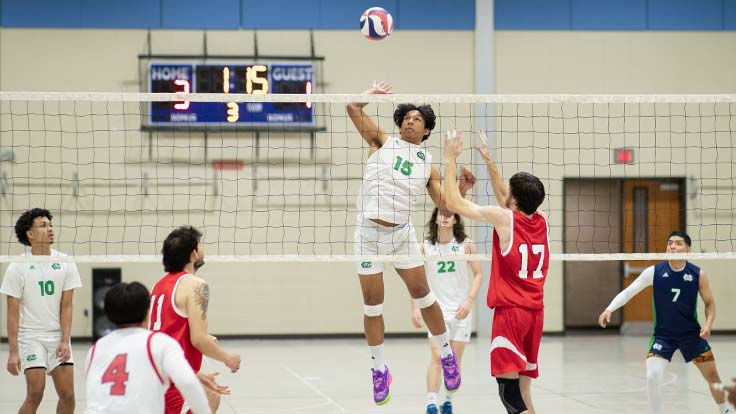
September 20
The College’s Mascot, Bolt the Colt, makes its debut.
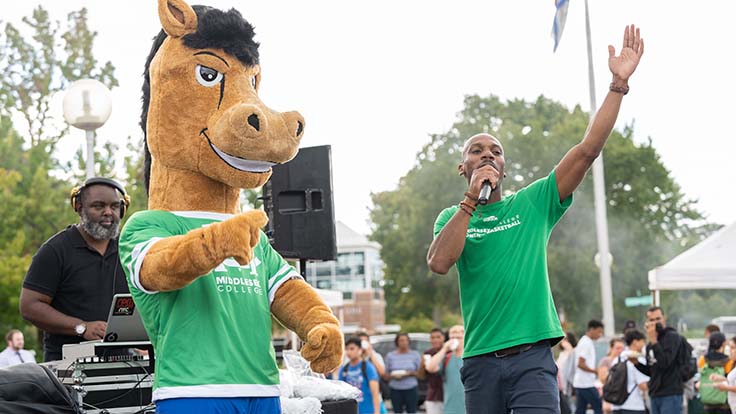
November 1
The State and County announce the Community, Innovation, and Opportunity Strategic Investment Plan, which will add an open-air Multipurpose Community Venue for concerts, cultural events, and sports; a Workforce Development & Conference Center; a new Community Park; a new Student Center; a new Middlesex County Magnet School; and an Athletic Complex featuring 14 multi-sport synthetic fields, 16 tennis courts, and a state-of-the-art recreational cricket field.
